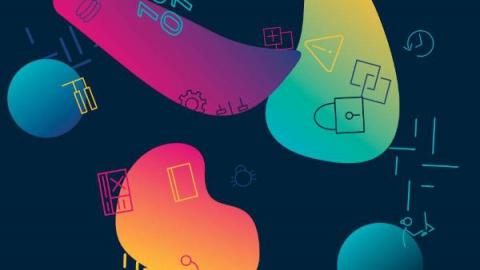How we achieved pixel-perfect polish during our Status Pages launch
A few months ago, we released Status Pages. This project was quite different from anything we’ve approached before, given that: And our goals were a departure from one's we had set in the past: With this in mind, we worked closely with our designer throughout the process of building Status Pages. Here is how we approached it and a few lessons we learned along the way!









